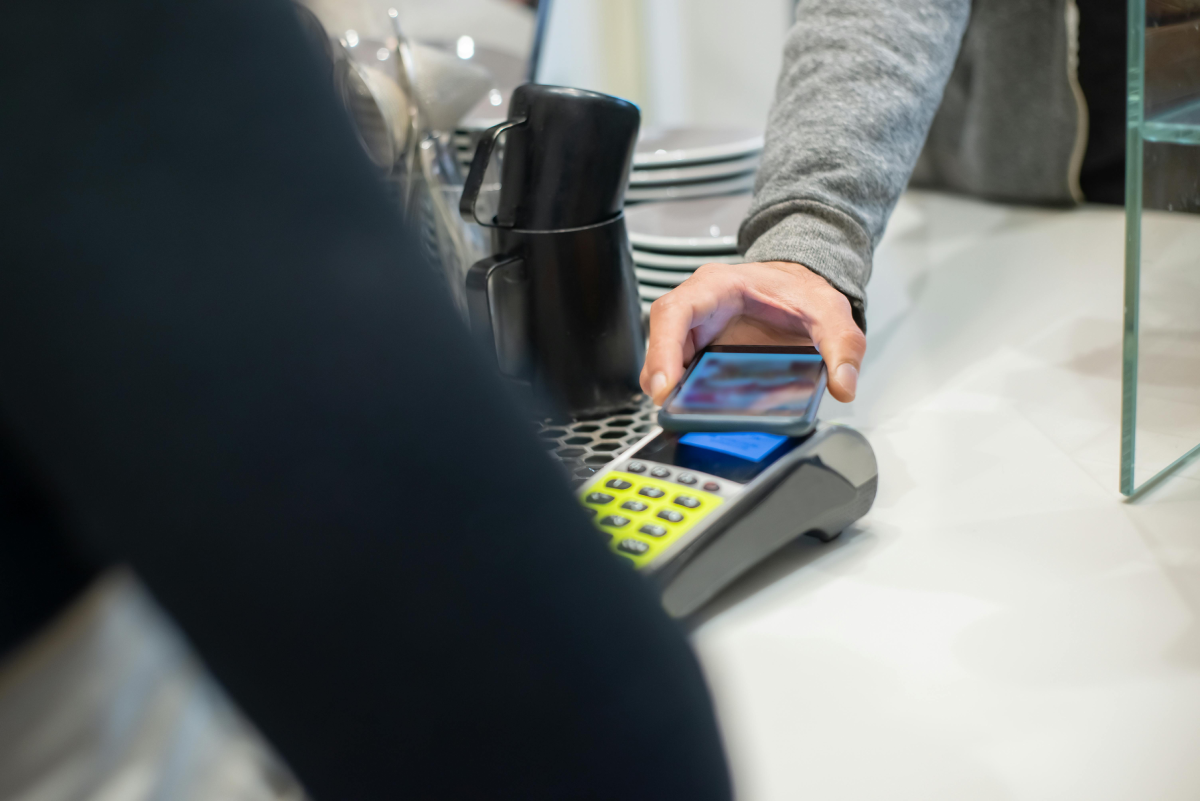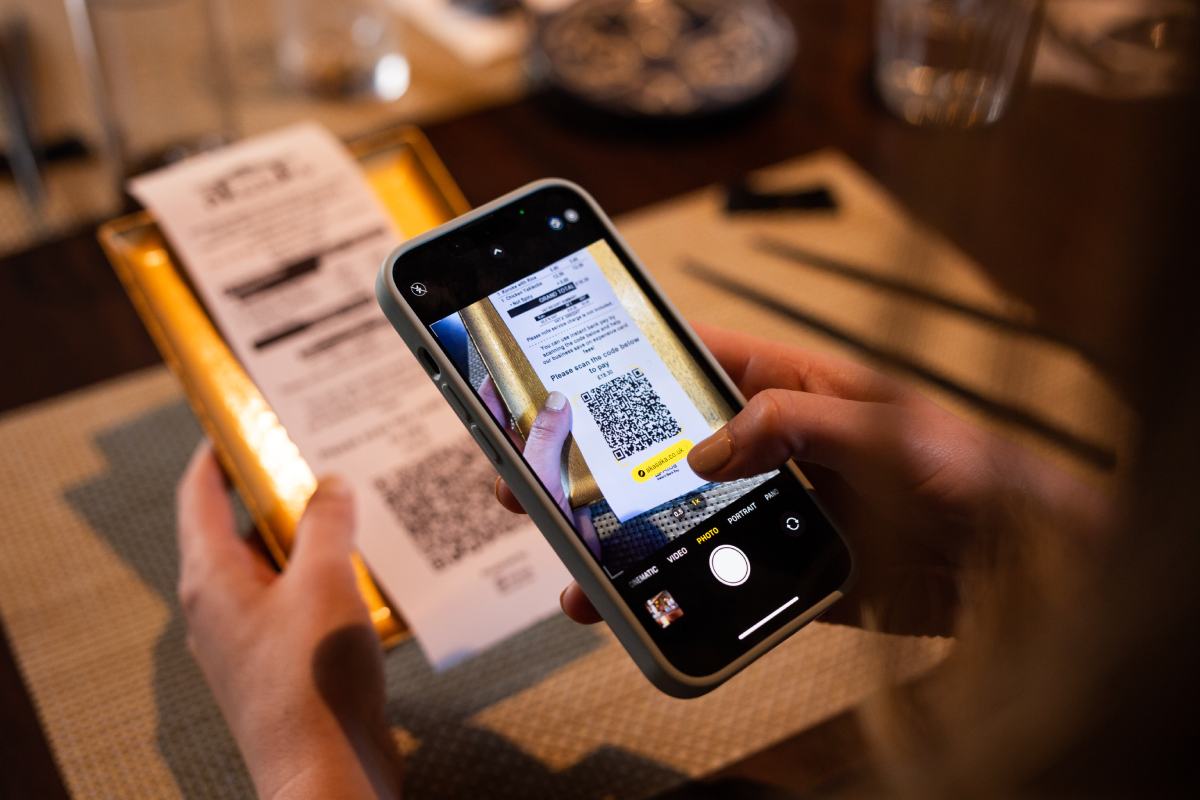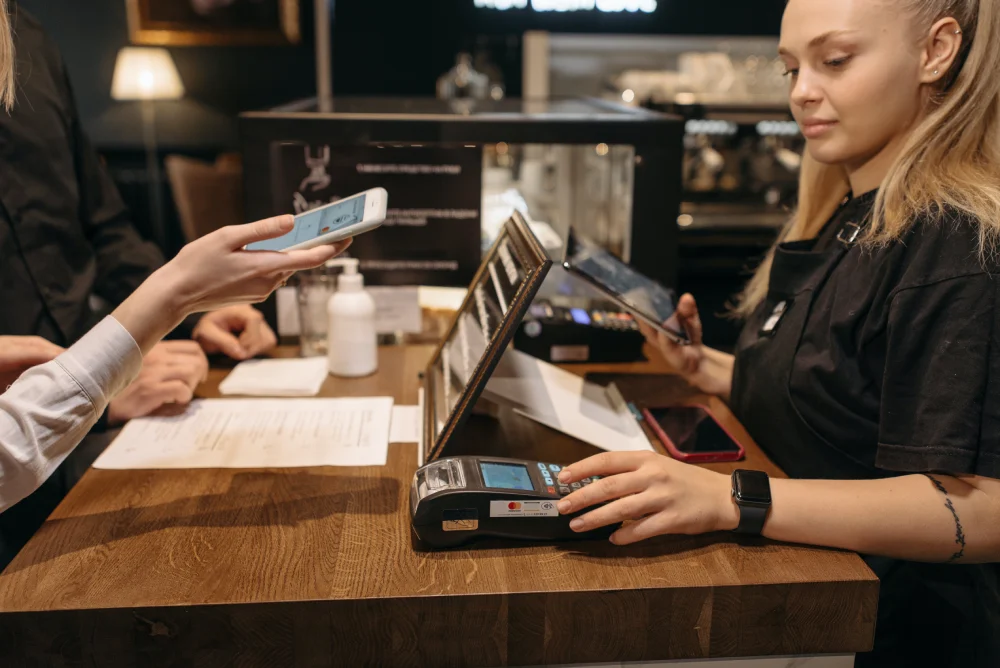Ready to get started?
Get paid faster and save up to 50% on fees with Pay by Bank.
Open banking has been one of the most talked-about shifts in the UK financial ecosystem since its launch in 2018. Over 14 million UK consumers and businesses now use some form of open banking technology, from budgeting apps to bank-switching tools. But when it comes to payments, its adoption is still nowhere near mainstream. Despite all the promise of lower fees, faster settlement, and fewer chargebacks, most businesses still rely on card machines or traditional bank transfers.
So, what’s stopping open banking-powered payments from becoming the default choice? And more importantly, what needs to change for it to go truly mainstream? Let’s find out.
The current state of open banking payments
Open banking allows businesses to accept payments from customers directly from their bank accounts, skipping card networks entirely. It’s already being used by a mix of fintech platforms, early adopter merchants, and B2B billing providers. Businesses in sectors like hospitality, recruitment, consulting, and professional services are starting to explore it, mainly because of the savings and speed it offers.
However, most UK businesses still use card machines, cheques, or manual bank transfers. And while awareness is growing, actual usage remains limited compared to its potential.
What’s holding open banking back?
While the infrastructure is solid and the benefits are real, several hurdles remain:
- Lack of education: Many business owners and staff simply don’t know how Open banking-enabled payments work or why they should care.
- Customer habits: People are used to tapping cards or using digital wallets like Apple Pay and Google Pay. Changing behaviour takes time.
- Integration gaps: Some POS systems, websites, and e-commerce tools still don’t natively support open banking-enabled payments.
- Friction in user experience: If the payment process feels clunky or unfamiliar, users are less likely to try it again.
What needs to change for mass adoption?
1. Frictionless customer experience
Customers should be able to pay using open banking-enabled payments in as few clicks as possible. QR codes at the till, smooth app handovers, and autofilled bank options make a big difference. If it feels easier than a card, customers will switch.
2. Wider POS and platform integrations
For these payments to become common, they need to be baked into the tools businesses already use, whether that’s Epos Now, Xero, QuickBooks, Shopify, or self-order kiosks. Easy integration means less training, fewer errors, and greater uptake.
3. Better communication around security
Open banking is incredibly secure, but many don’t know that. Explaining Strong Customer Authentication (SCA), the lack of shared card data, and bank-grade encryption helps build trust.
4. Reliable bank infrastructure
Many businesses get paid through payment solution platforms that leverage open banking, but reliability still varies. Continued improvements to API performance are key to delivering a consistent checkout experience.
5. Incentives for businesses and consumers
Faster cash flow, lower transaction fees, and reduced chargebacks already benefit businesses. For consumers, features like instant payment confirmations, no card limits, and loyalty integrations could encourage wider use.
Who’s leading the way?
Several UK payment providers are already pushing this technology forward. Platforms like Atoa make it simple for merchants to take instant account-to-account payments through QR codes or payment links. These tools are gaining traction in restaurants, salons, law firms, and car dealerships, especially industries where card fees, fraud risk, and admin time are real pain points.
What going mainstream could look like
By the end of the decade, open banking-powered payments could be as common as tapping a card. Here’s what that might look like:
- QR codes at every checkout, linked directly to bank payments
- Invoices that can be paid instantly with a few taps from a phone
- No more card fees or chargebacks eating into profits
- Integration with accounting tools for automatic reconciliation
- Younger consumers choosing account-to-account payments by default
Final thoughts
For open banking-enabled payments to go mainstream in the UK, it needs to feel not just secure and affordable but effortless. That means smoother integrations, better customer education, and a payment flow so simple that no one misses cards.
If you’d like to explore this shift without disrupting your current setup, book a demo with the Atoa team to see how easy it can be to get paid instantly and cut down on card fees.
FAQs about open banking
What are the benefits of using open banking in the UK?
They offer lower fees, faster settlements, no chargebacks, and stronger security through direct bank authentication.
Is open banking secure?
Yes. Payment providers leveraging this technology are authorised by the UK financial regulators and require Strong Customer Authentication.
Can small businesses use open banking for customer payments?
Absolutely. Many providers like Atoa and Crezco, are built specifically for SMEs.
How does it work with QR codes or payment links?
The business shares a QR code or payment link. The customer then scans or clicks, chooses their bank, approves the payment, and it’s done.
Will open banking replace card payments in the UK?
Possibly. It may not replace all card payments, but it could become the preferred option for businesses that want faster, more affordable transactions.



